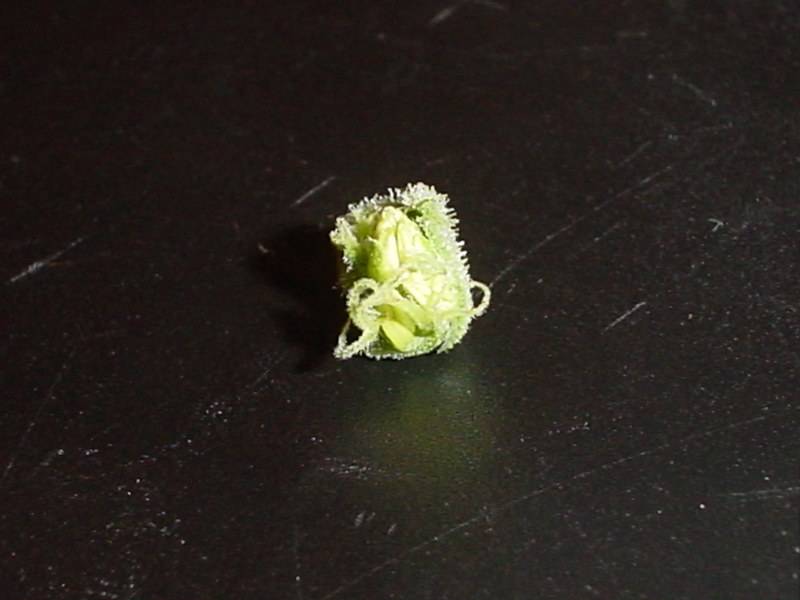hay hempy ,,,,,,its nice to get some quiet time to chat to you about this,,,,
,,,,,,its nice to get some quiet time to chat to you about this,,,,
do you agree?,,,,,,,,all cannabis has developed sex specific chromozones!!???
so the word hemaphrodite could well be redundant???
do you agree?,,,,,,,,all cannabis has developed sex specific chromozones!!???
so the word hemaphrodite could well be redundant???




